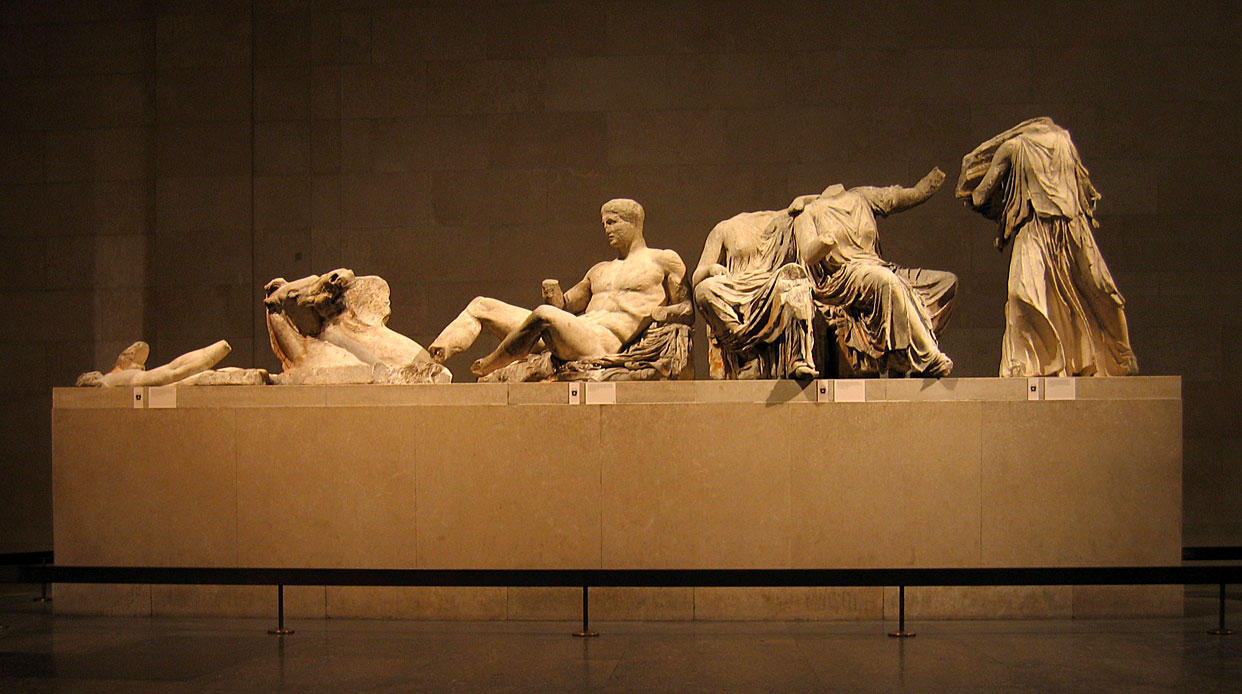A devastating fire gutted Rio’s National Museum in September and consumed most of its collection of 20m items, and irreplaceable archives went up in smoke. Yet some objects have survived, some 1,500 finds were made so far – including indigenous bowls, arrowheads and an axe – no matter how blackened or broken. Museum workers hope a new National Museum can emerge from its ashes.
A key moment was the rediscovery of “Luzia” – the 11,500-year old skull of “the first Brazilian woman” believed lost in the fire, then rescued in fragments from the remains of a metal cupboard. “It was a symbolic moment,” said historian Regina Dantas, 56. Six days a week, the 60-strong recovery team picks through the ruins; their findings are taken to a screening area, examined by specialists and stored in containers.
The fire was inevitable:
For decades, museum directors had pleaded for more money to protect the wooden-floored museum. In June, as the museum celebrated its 200th birthday, Brazil’s government development bank finally agreed to $5.6m for restoration work. But none of it had arrived when the fire broke out. [...] In 2017, the museum’s budget was just $203,000 to care for Brazil’s most precious collection of historical, biological and anthropological items.[...] Police are still investigating the causes of the blaze, but the museum’s current director, Alexander Kellner, said he was well aware of the fire risk when he took office in February, but was unable to install a safety system in time.” 'The museum is alive' - Rio team toils to rescue items from devastating fire





























